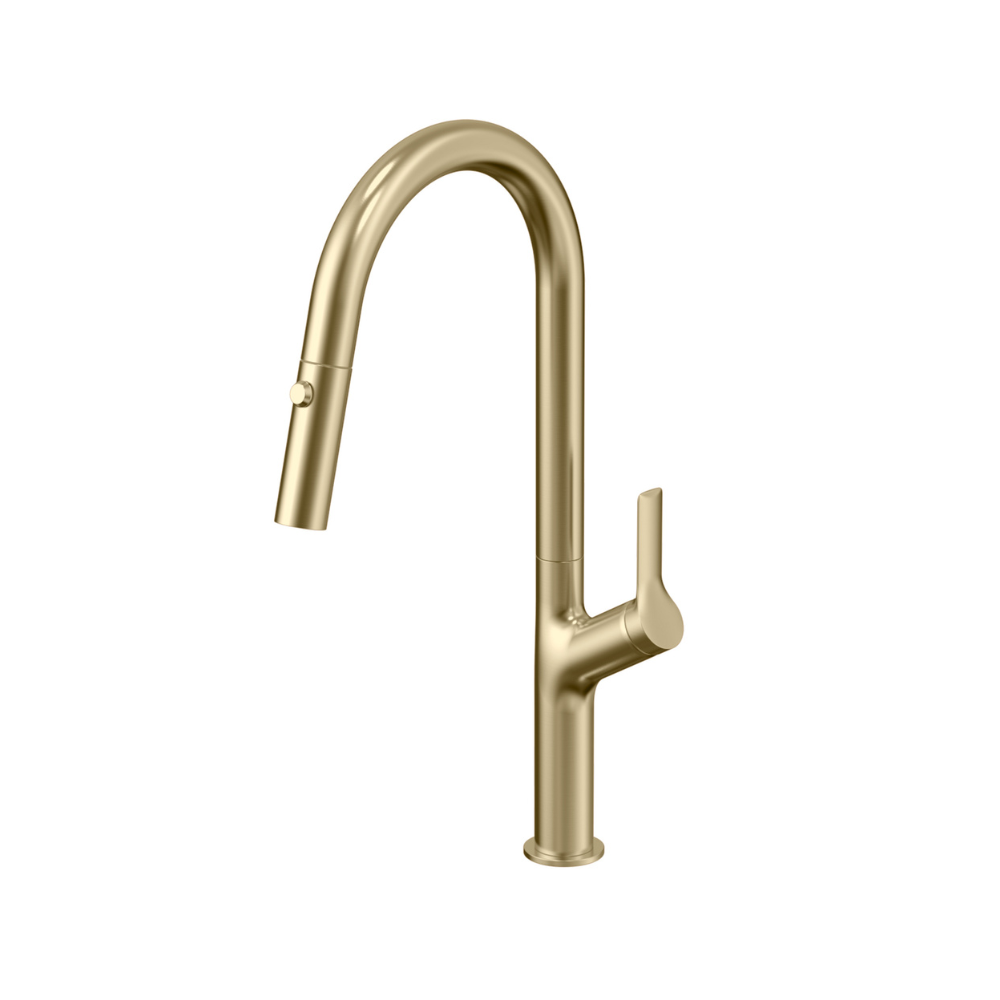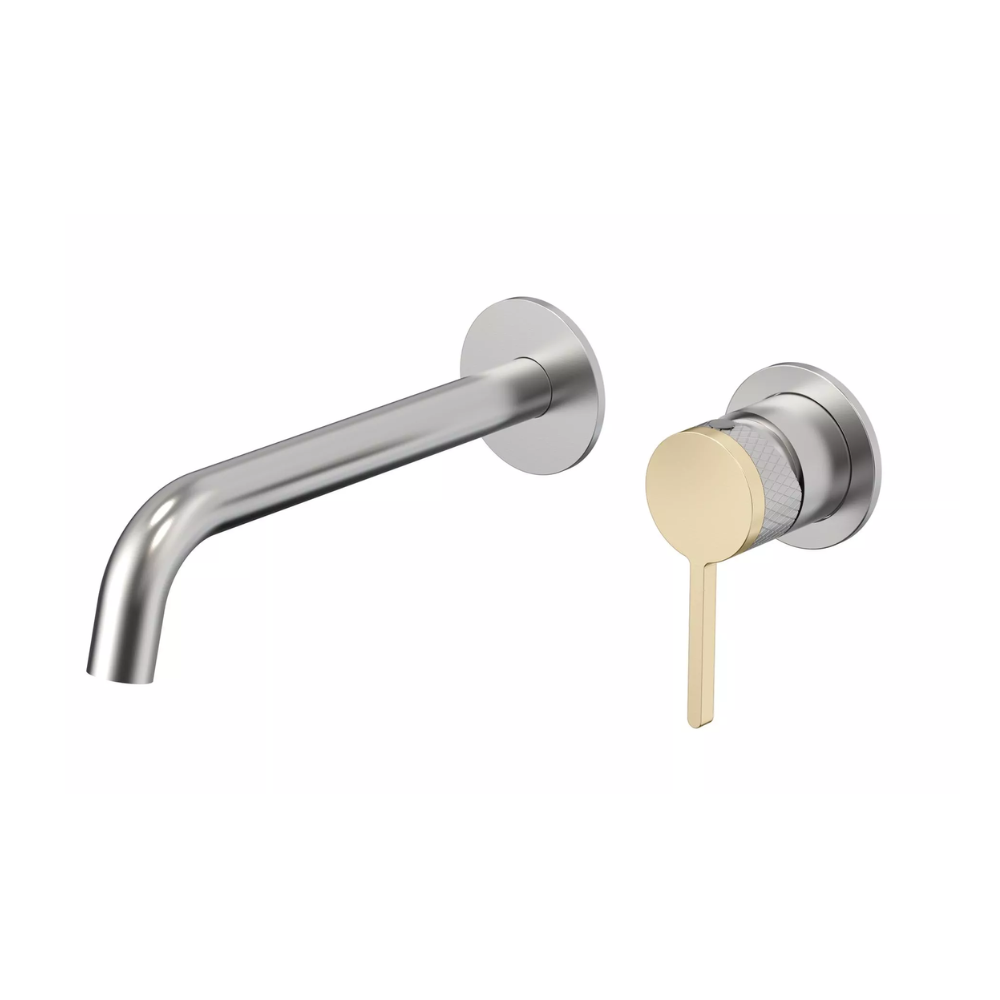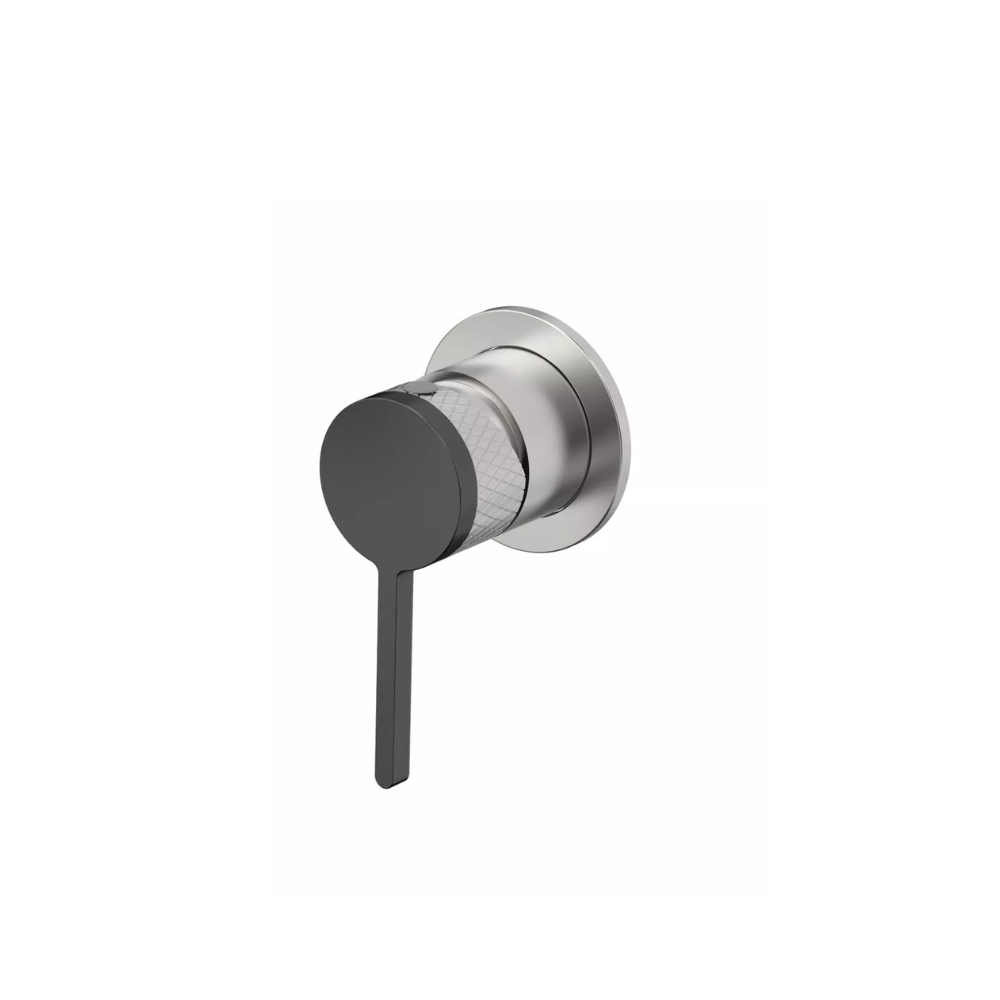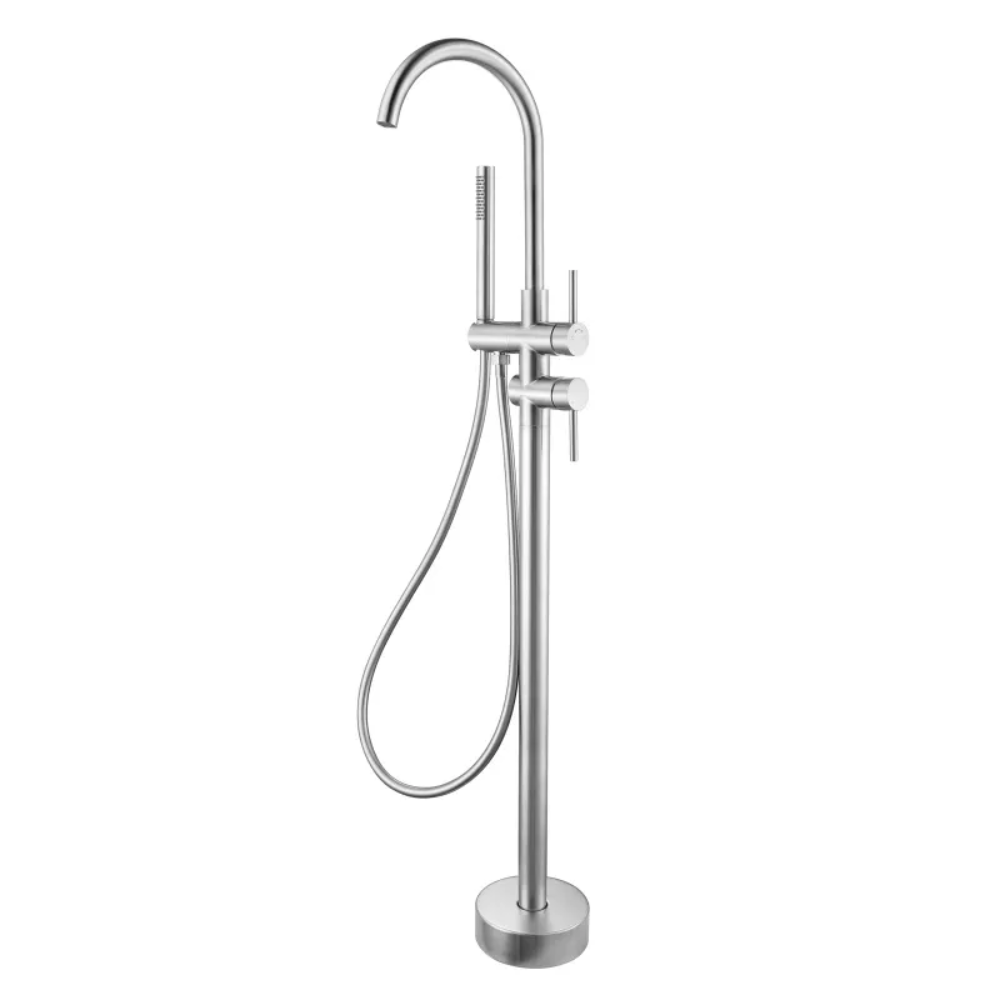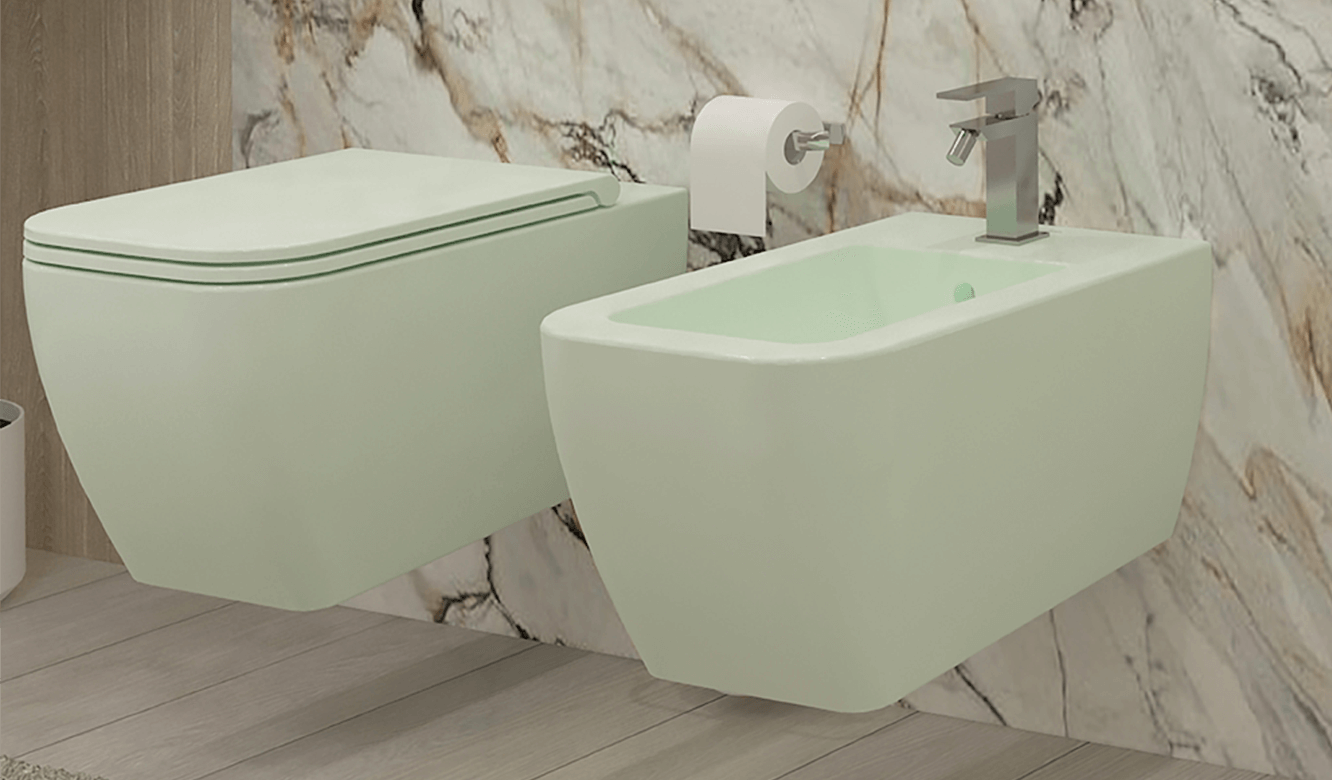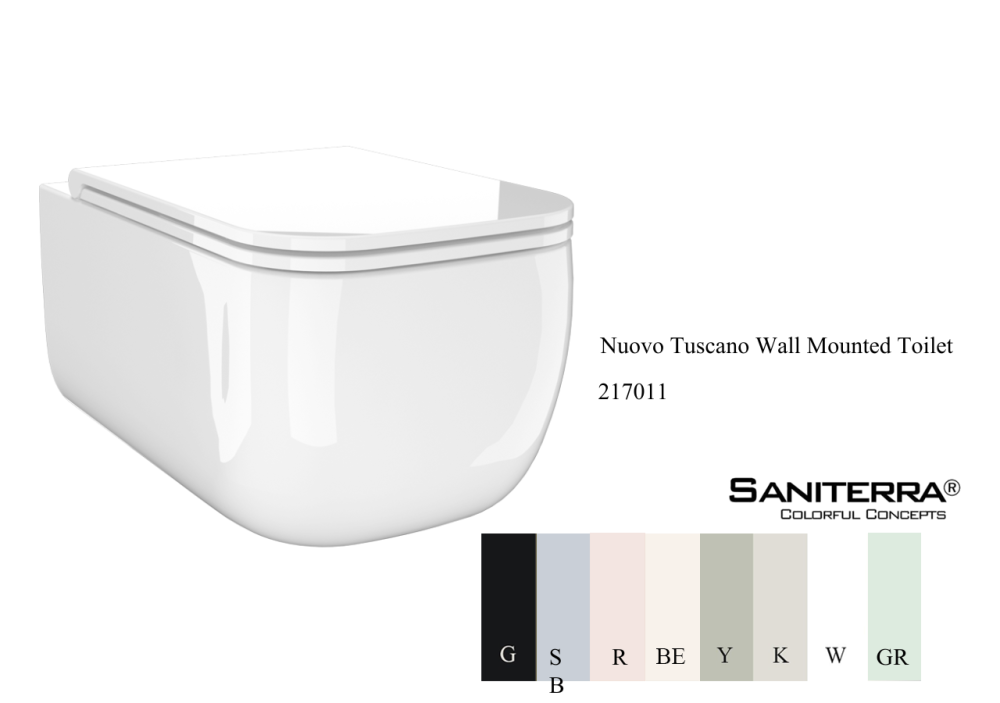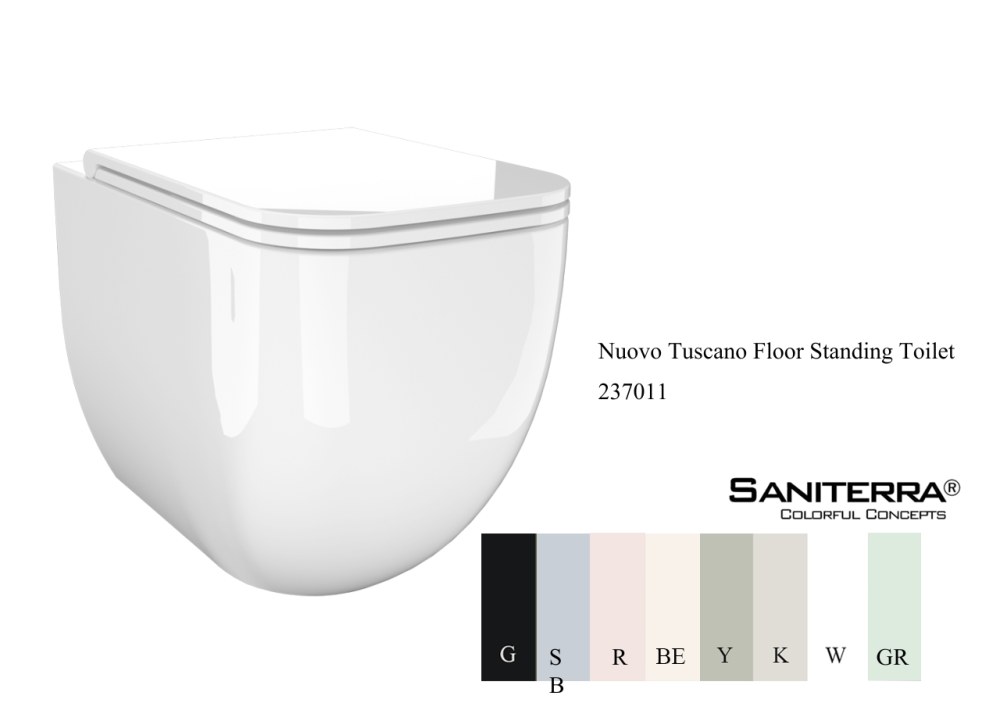The Ultimate Guide to Choosing the Right Faucet for Your Home
- Concealed faucets (Wall-mounted faucets): Perfect for minimalist bathrooms or modern kitchens, wall-mounted taps save counter space and make cleaning easier. They pair beautifully with vessel sinks and can create a floating, clutter-free look. If you prefer a seamless and elegant finish, concealed faucets are an excellent option. The main body is hidden inside the wall, leaving only the spout and handles visible. They fit especially well in contemporary interiors that value clean lines and subtle luxury.
- Deck-mounted faucets: The most common and versatile option, deck-mounted faucets are installed directly on the sink or countertop. They come in endless designs — from simple mixers to statement pieces that serve as the centerpiece of your vanity or kitchen island.
Brass vs. Stainless Steel 304: Which Is Better?
Matching Faucet Style with Interior Design
Why Choose European Faucet?
When it comes to quality faucets, craftsmanship is everything. European production has long been recognized for precision, aesthetics, and long-lasting value — and Saniterra embodies that tradition with pride.
Sustainable Quality that Lasts
Durability and sustainability go hand in hand. Saniterra focuses on eco-conscious production methods and premium raw materials — from recyclable brass to high-grade stainless steel 304. The brand’s triple-finish options ensure that color and texture remain consistent over time, even in humid or high-use environments.
It’s not just about following trends — it’s about creating timeless beauty that endures daily life.
Final Thoughts
Choosing the right faucet isn’t just a technical decision — it’s an investment in how your home feels and functions. By understanding the types, materials, and design harmony, you can find a faucet that complements your lifestyle and enhances your space.
And if you’re looking for a blend of elegance, durability, and true European craftsmanship, Saniterra offers faucets designed to inspire — built to last, and made to fit beautifully into any modern home.

